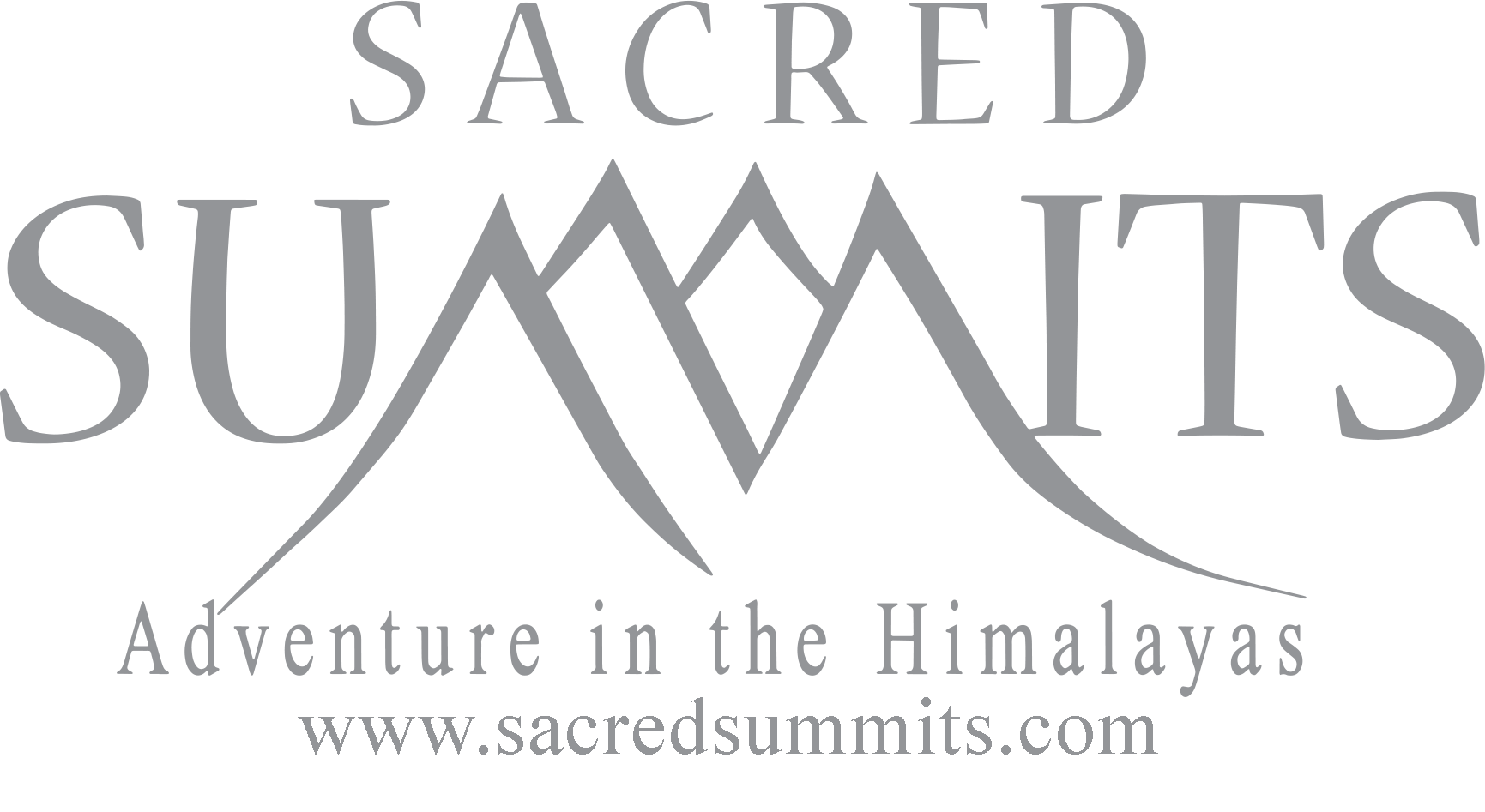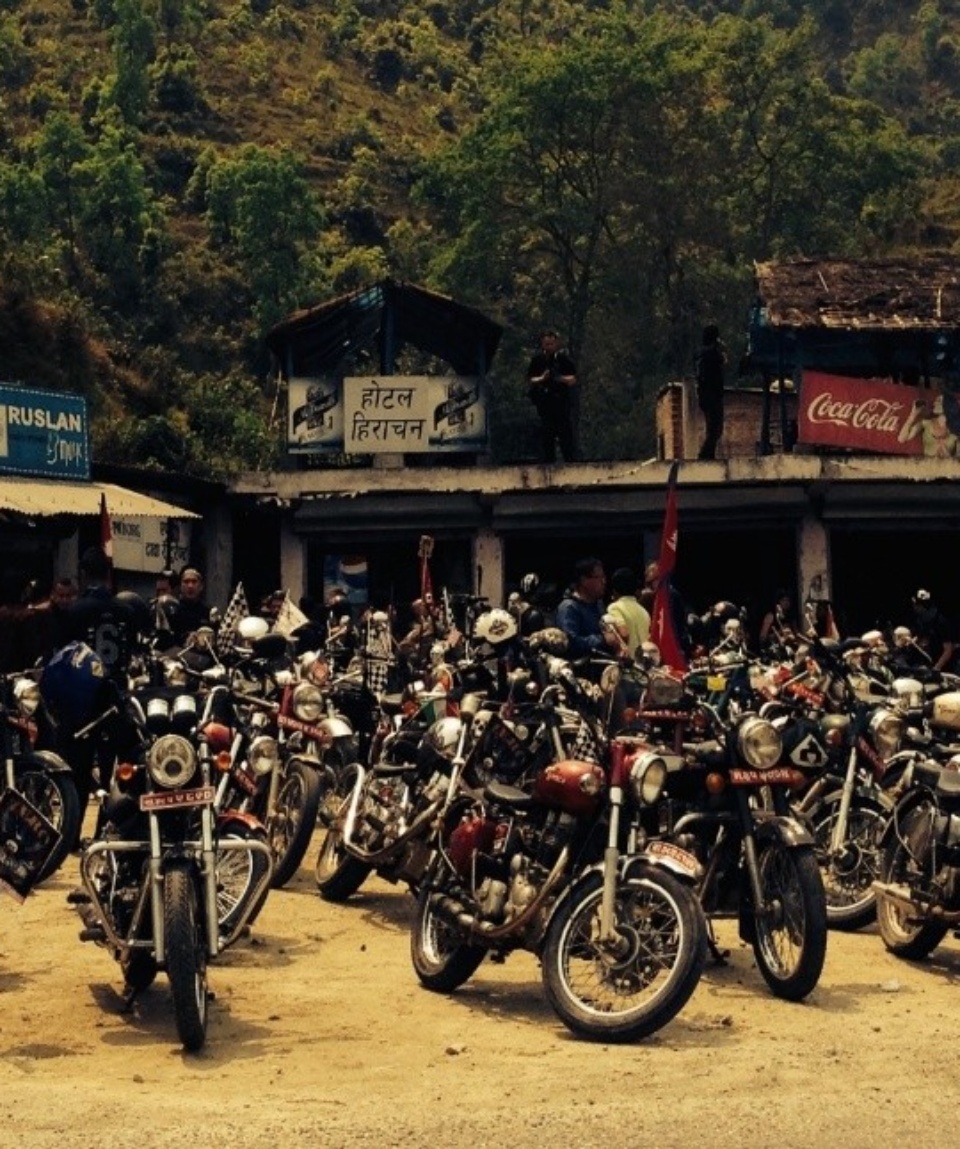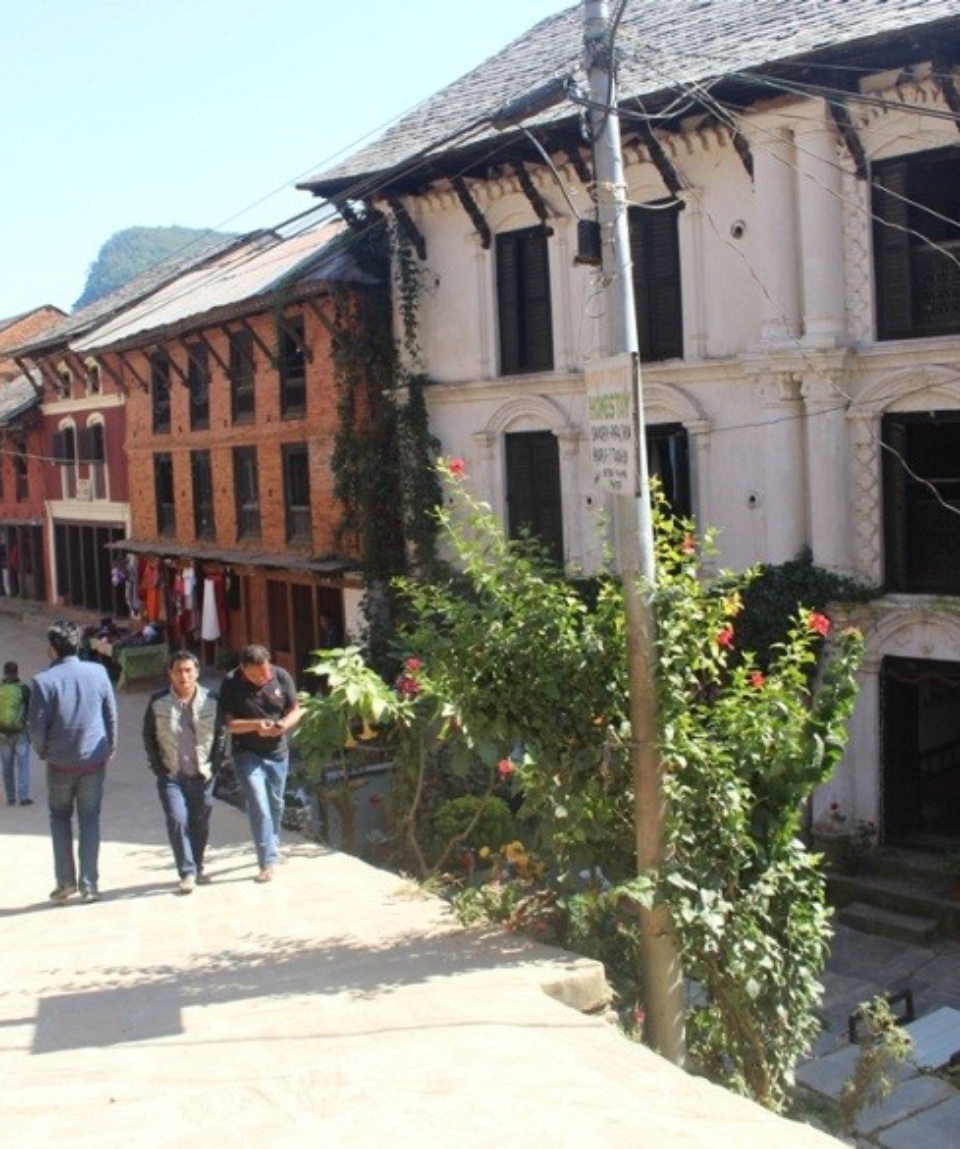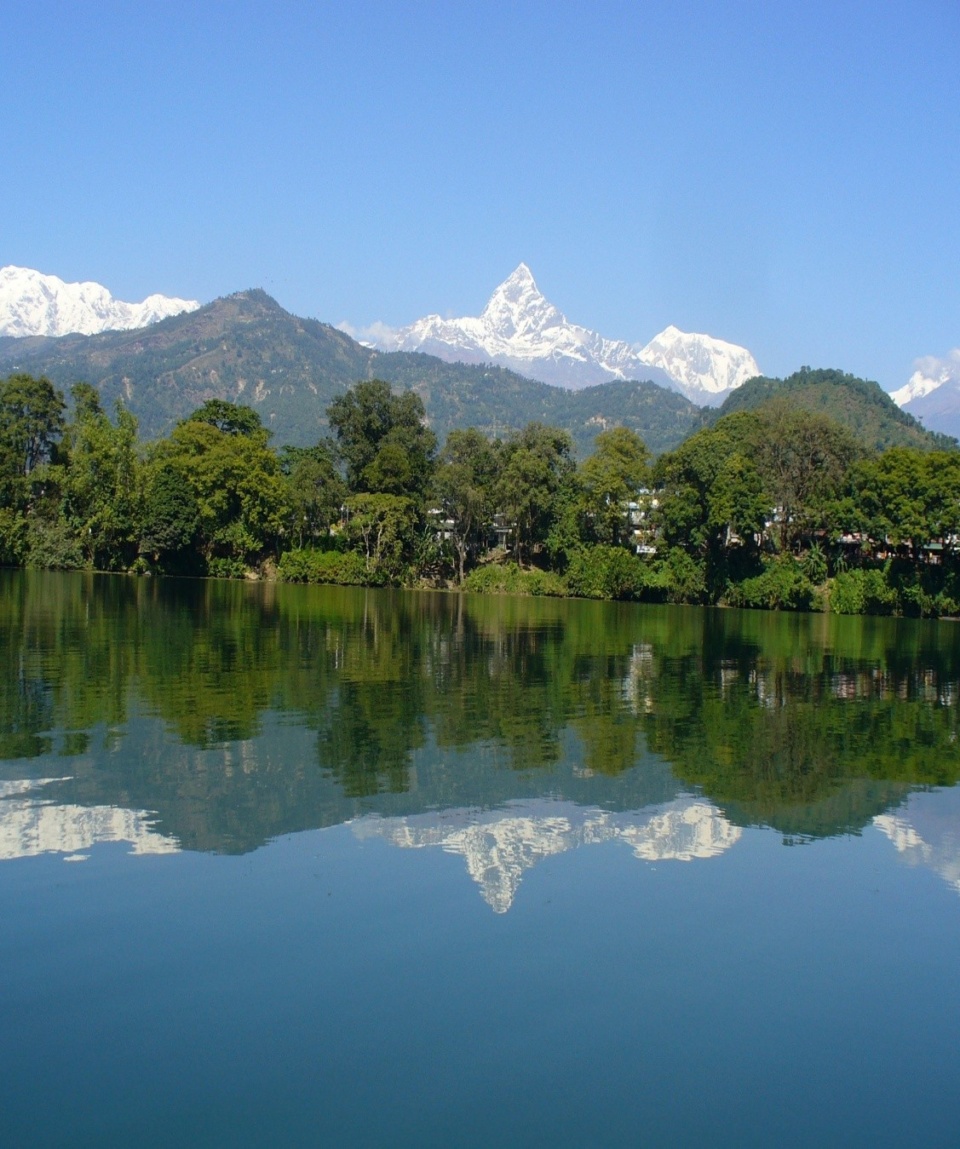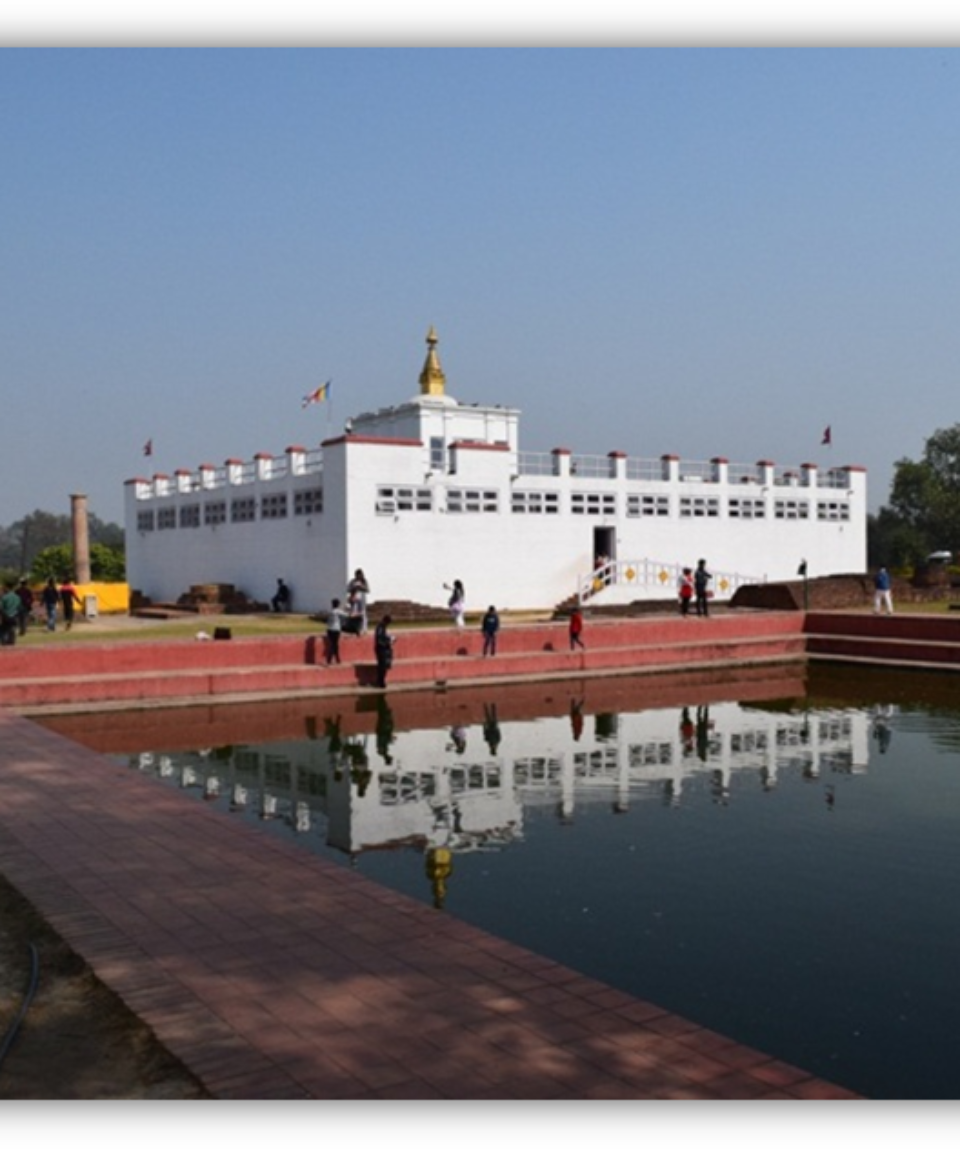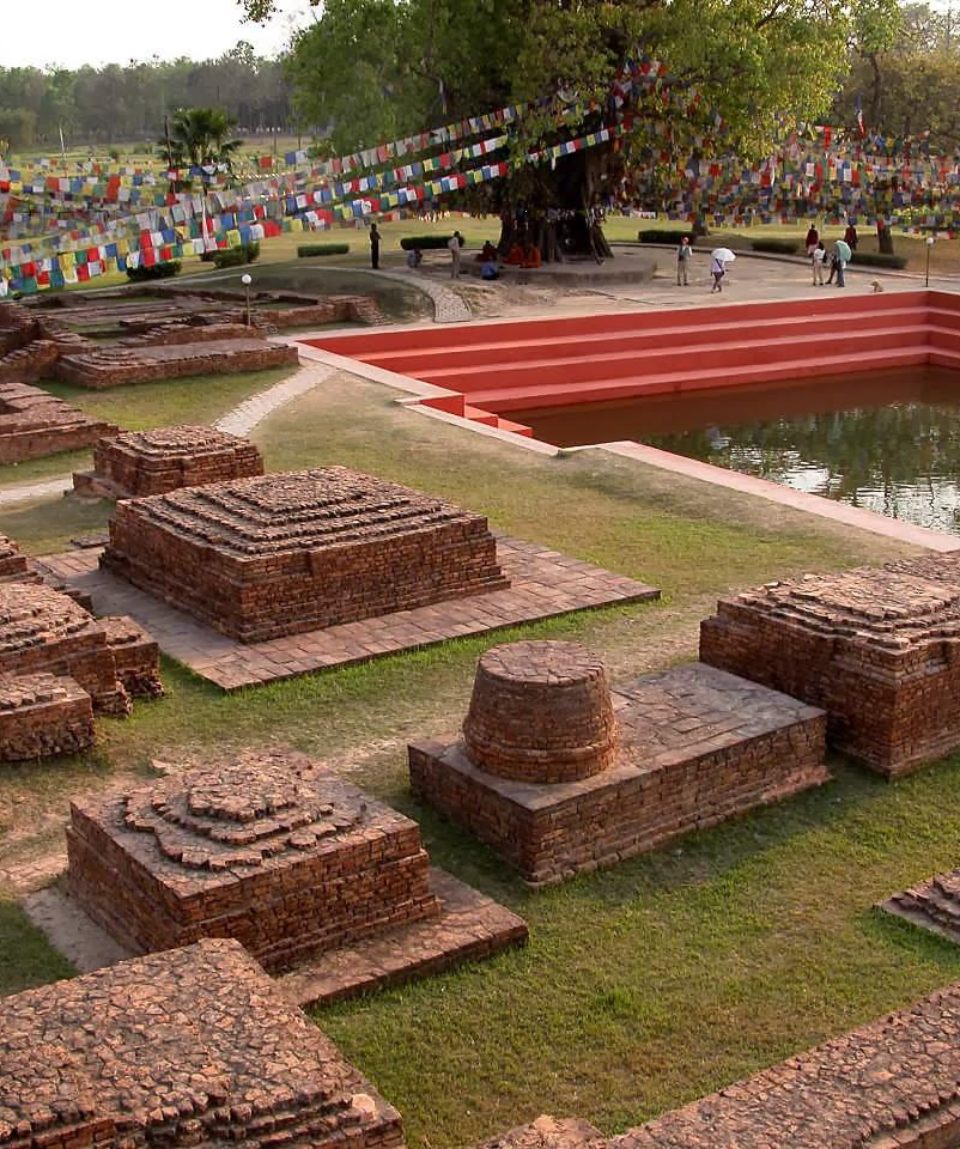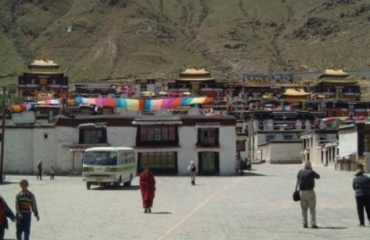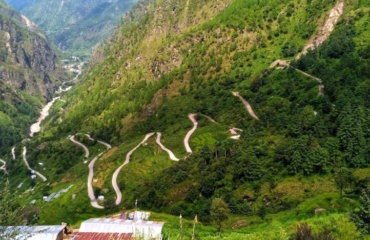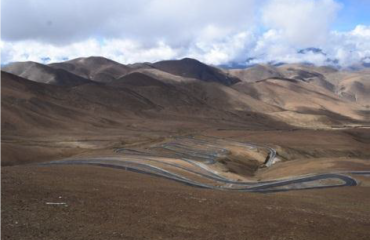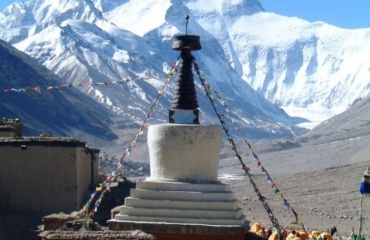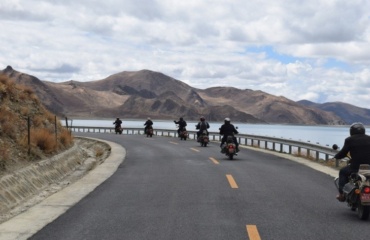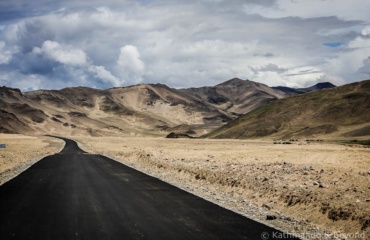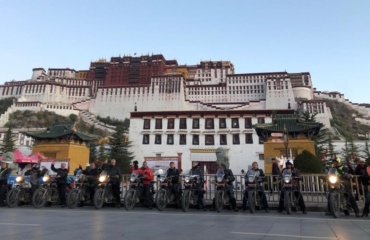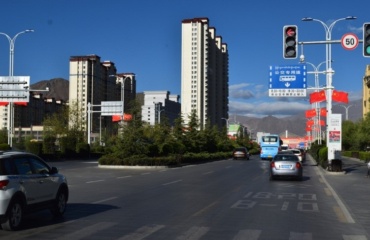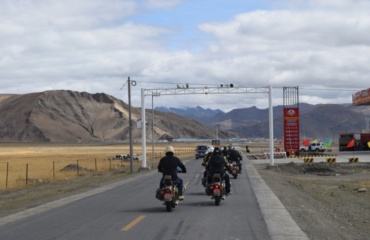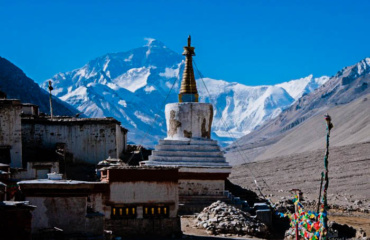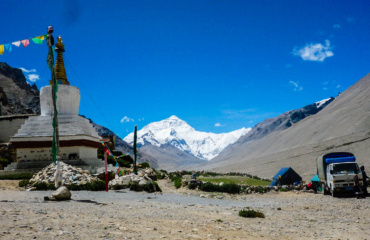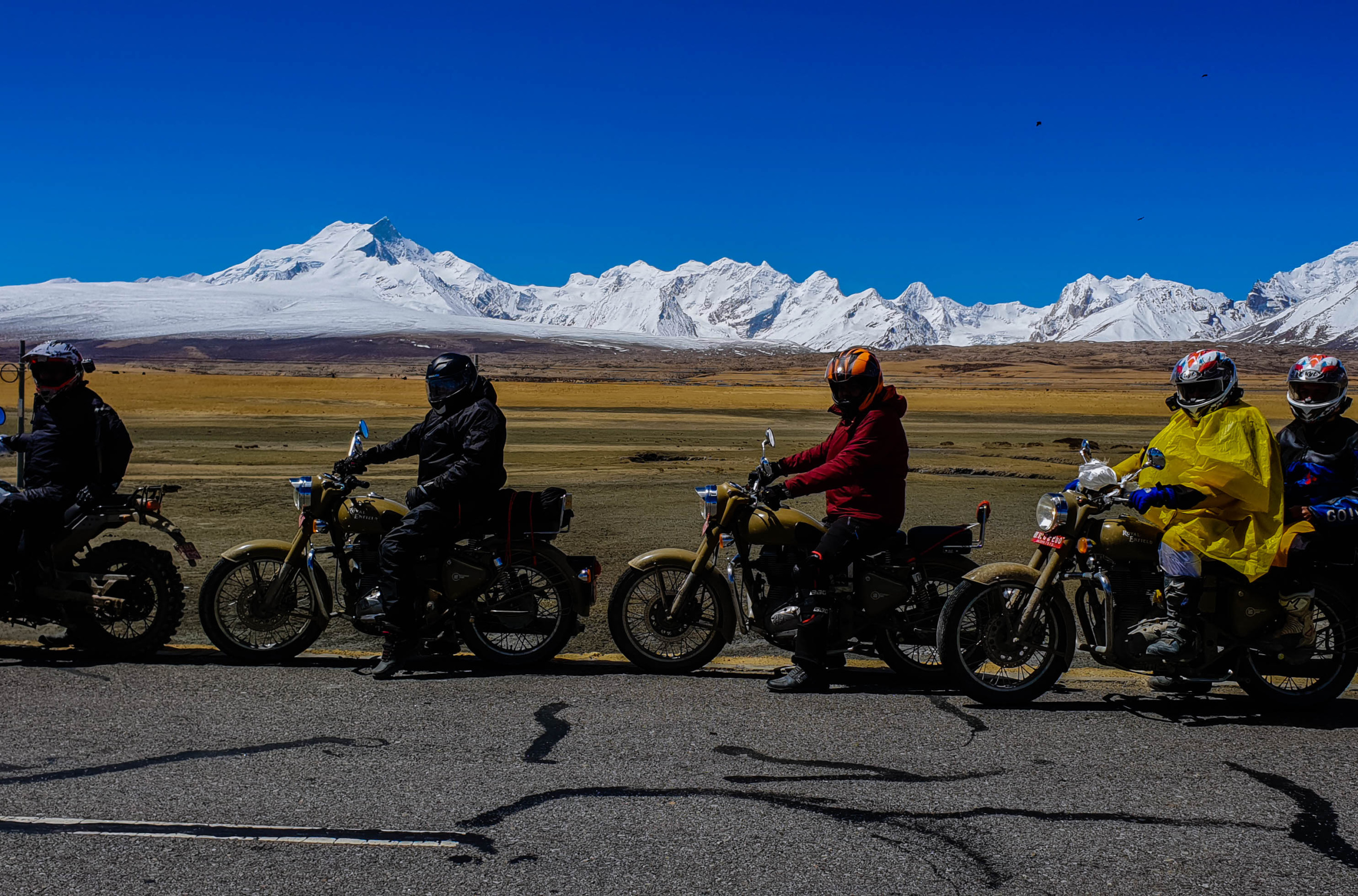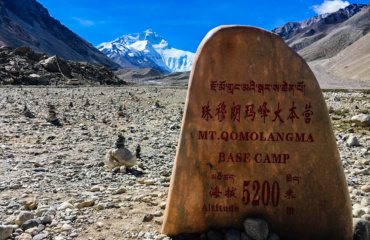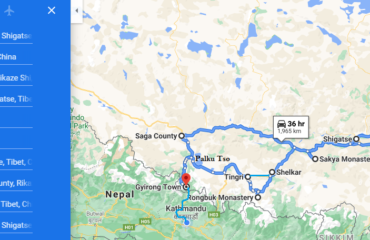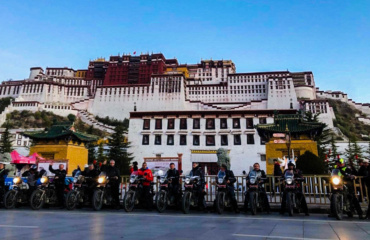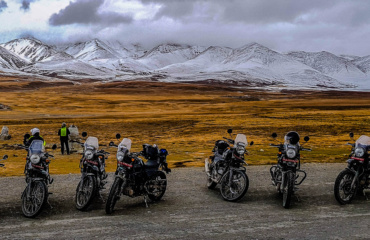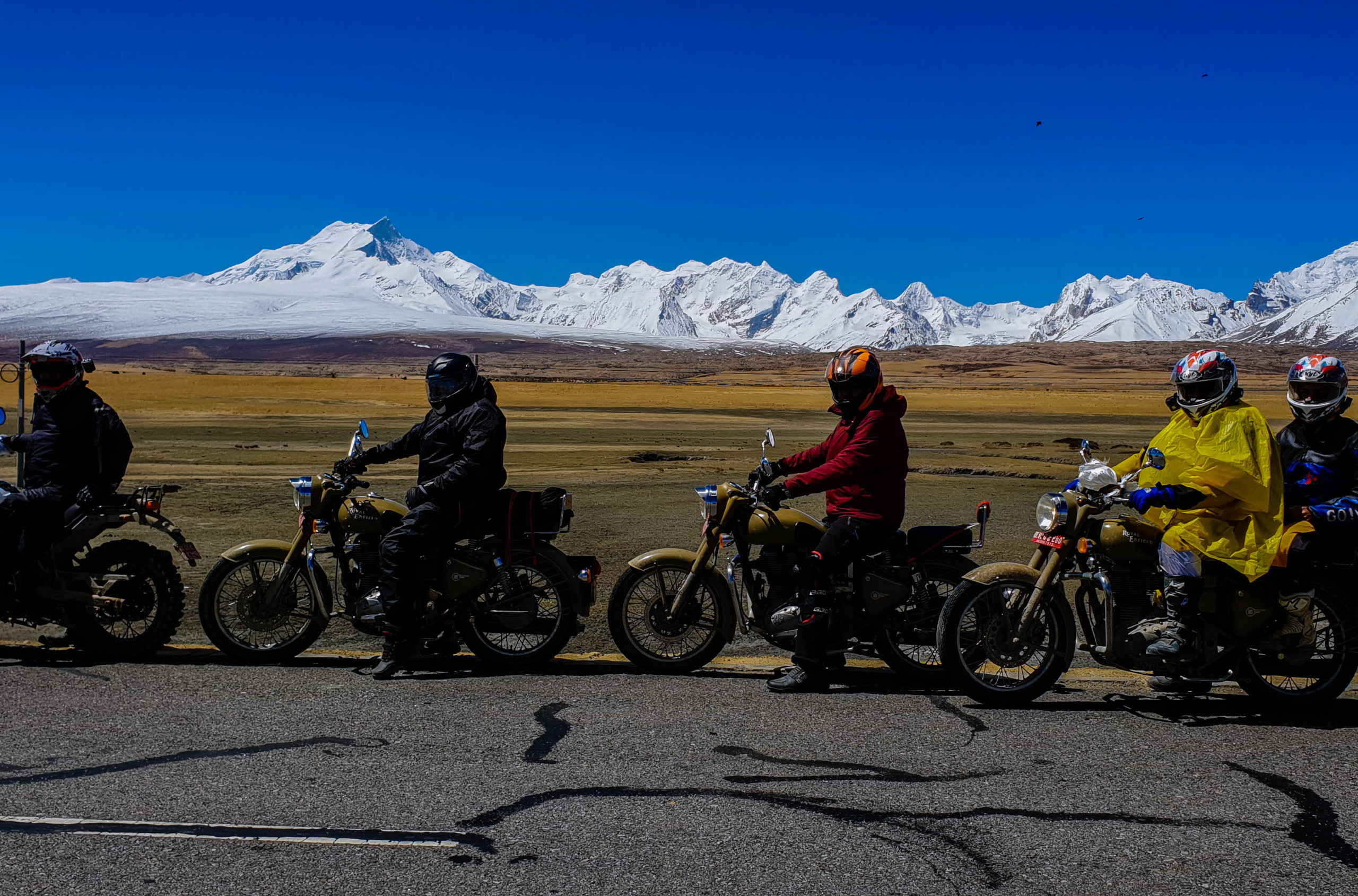BEST OF NEPAL
INTRODUCTION
A landlocked country Nepal is in Southern Asia, between the Tibet autonomous region of China and India. It contains 8 of the world’s 10 highest peaks, including Mount Everest – the world’s tallest –bordered with Tibet, and Lumbini, the birth place of Gautama Buddha, the founder of Buddhism. A monarchy for hundreds of years, Nepal was declared a republic in June 2008.A very diverse geography, rising from less than 100 meters (328 ft) elevation in the tropical Terai, the northern rim of the Gangetic Plain, beyond the perpetual snow line to some 90 peaks over 7,000 meters (22,966 ft) including Earth’s highest Mount Everest or Sagarmatha at 8,848m (29,029 ft). A landlocked country Nepal is in Southern Asia, between the Tibet autonomous region of China and India. It contains 8 of the world’s 10 highest peaks, including Mount Everest – the world’s tallest –bordered with Tibet, and Lumbini, the birth place of Gautama Buddha, the founder of Buddhism. A monarchy for hundreds of years, Nepal was declared a republic in June 2008.
A very diverse geography, rising from less than 100 meters (328 ft) elevation in the tropical Terai, the northern rim of the Gangetic Plain, beyond the perpetual snow line to some 90 peaks over 7,000 meters (22,966 ft) including Earth’s highest Mount Everest or Sagarmatha at 8,848m (29,029 ft). Prithvi Narayan must have been a charismatic figure, for he recruited, equipped and trained a formidable army and persuaded his subjects to underwrite all this from his ascension until his death in 1775. Through conquest and treaty, he consolidated several Chaubisi kingdoms. As his domain expanded, Khaskura became known as Gorkhali, i.e. the language of the Gorkha kingdom. Then he moved east into the next river basin, the Bagmati which drains the Kathmandu Valley that held three small urban kingdoms. Like the Rapti, the Bagmati rises somewhat south of the Himalaya. Unlike the Rapti basin, this valley had once held a large lake and the remaining alluvial soil was exceptionally fertile. Between the agricultural abundance, local crafts, and extensive trade with Tibet, the cities were prosperous. Prithvi Narayan encircled the valley, cutting off trade and restricting ordinary activities, even farming and getting water. With a combination of stealth, brutality and intimidation he prevailed and deposed the local kings in 1769, making Kathmandu his new capital. This was the high point of Prithvi Narayan’s career; however he continued consolidating the Kathmandu Valley with the Chaubisi and Baisi federations to the west until his death in 1775. Gorkhali was re-dubbed Nepali as ‘Nepal’ came to mean not only the urbanized Kathmandu Valley, but all lands ruled by the Shahs.Nepal is also one of the richest countries in the world in terms of bio-diversity due to its unique geographical position and variation in altitude. The elevation of the country ranges from 60 meters above sea level to the highest point on earth, Mt. Everest at 8,848 meters, all within a distance of 150 kilometers resulting in climatic conditions from sub-tropical to Arctic.
-
Reviews 0 Reviews0/5
-
Vacation Style Holiday Type
-
Activity Level Challenging
-
NEPAL AT A GLANCE:
Official Name: Federal Democratic Republic of Nepal
Area: 147, 181 square kilometers.
Geography: Situated between China to the north and India to the south, east & west. Highest point Mt. Everest (8848.86 m) and the lowest Keshena (60 m above sea level)
Capital: Kathmandu – surrounded by four hills – Fulchowki, Chandragiri, Shivapuri and Nagarjun. Kathmandu valley has three major cities Kathmandu, Bhaktapur and Patan. Situated at the altitude of 4,500 feet above sea level, Kathmandu is home to seven UNESCO World Heritage Sites. Before the unification of Nepal in the 18th century, the three cities were independent states ruled by the Malla Kings.
Population: 23.1 million (according to the census of 2001)
Language: Nepali is the national language. However English is spoken by many.
People/Religion: Nepal has more than 105 ethnic groups with diverse culture, traditions and lifestyle. Nepali people can be divided into two distinct groups: Indo-Burman and Mongoloid. Nepal is a secular state with majority of people following Hinduism. However, people practicing Buddhism, Christianity and Islam among others live in a good harmony.
Politics: Multi-Party System of Democracy.
Admin Division: Nepal is divided into 7 federal Provinces. 77 District and 753 Local Level governments
Climate: Nepal has four seasons, namely; (1) winter – December to February,(2) Spring – March to May, (3) summer – June to August & (4) Autumn – September to November. Nepal can be visited the whole year around.
What to wear: Light weight clothing is recommended for May through October, Warm garments are required in October through till March. An umbrella or a raincoat is a must for the rainy season.
The Cost Includes:
- To the cost of all transfer to and from airport / hotel / airport in a private deluxe a/c vehicle accompanied by representative.
- Welcome dinner with transfer in a private deluxe a/c vehicle accompanied by representative.
- 02 Nights’ accommodation on twin sharing basis at in Kathmandu on bed and breakfast basis. Inclusive of all the government taxes. (Currently 24.3 %)
- Cost for the hire of Royal Enfield Himalayan 411 CC motorcycle.
- Cost for the fuel for the bike.
- Services of an experienced Road Captain on a bike and back up support of a trained Mechanic, including the cost for their meals, accommodations and daily allowances.
- 01 Back up jeep from Kathmandu / Nuwakot / Bandipur / Pokhara / Tansen / Lumbini / Chitwan / Kathmandu accompanied by the mechanic and the spare parts of the bikes.
- 01 night accommodation on twin sharing basis in Nuwakot on Bed & Breakfast Basis and inclusive of all taxes. (Currently 24.3 %)
- 01 night accommodation on twin sharing basis in Bandipur on Bed & Breakfast Basis and inclusive of all taxes. (Currently 24.3 %)
- 01 Nights’ accommodation on twin sharing basis in Pokhara on bed and breakfast basis. Inclusive of all the government taxes. (Currently 24.3 %)
- 01 Nights’ accommodation on twin sharing basis in Tansen on bed and breakfast basis. Inclusive of all the government taxes. (Currently 24.3 %)
- 01 Nights’ accommodation on twin sharing basis in Lumbini on bed and breakfast basis. Inclusive of all the government taxes. (Currently 24.3 %)
- 02 Nights’ accommodation on twin sharing basis in Chitwan on bed and breakfast basis. Inclusive of all the government taxes. (Currently 24.3 %)
- Nature Walk and Sunset Cycling in Chitwan
- Entrance fee for the sightseeing tour in Lumbini as per the itinerary.
- Farewell dinner with transfer in a private deluxe a/c vehicle accompanied by representative.
- Comprehensive Medical Kit.
- All toll taxes for the bikes and the backup vehicle and also the government taxes.
The cost excludes:
- International Airfares.
- Nepal Visa fees (If applicable).
- Covid Related all Travel Insurance and PCR Check-up cost
- Personal Riding Gears
- Meals (Lunch & Dinner) throughout the trip
- Adventure Activities in Pokhara
- Jungle activities in Chitwan (Except Sunset Cycling and Nature Walk)
- Items of a personal nature such as bar bills telephone calls, laundry, extra mileage and any extra costs incurred due to natural calamities, flight delays etc.
- Personal medication
- Insurance for or against accidents, loss of life, theft etc.
- Personal insurance, evacuation and medical expenses.
- Costs incurred due to natural calamities, strikes, and break downs of bikes, accidents, cancellation of flights, altitude sickness or unforeseen circumstances (riots, natural calamities etc) and situations beyond the control of Moto Himalaya (P) Ltd.
- Any item not mentioned in the above ‘cost includes’.
- Day 1 Welcome to Kathmandu (1370m)
- Day 2 Ride Kathmandu to Nuwakot (1022m/85kms/4-5hrs)
- Day 3 Ride Nuwakot to Bandipur (1750m/130kms/6hrs)
- Day 04 Ride Bandipur to Pokhara (827m/75kms/3hrs) PM: Free for Optional activities
- Day 05 Ride Pokhara to Tansen (1350m/130kms/6hrs)
- Day 06 Ride Tansen to Lumbini (150m/85kms/4hrs)
- Day 7 Sightseeing in Lumbini & Ride Lumbini to Chitwan (415m/153kms/4hrs)
- Day 8 Chitwan Jungle Activities
- Day 09 Ride Chitwan to Kathmandu via Hetauda (157Kms/7hrs)
- Day 10 Final Departure
